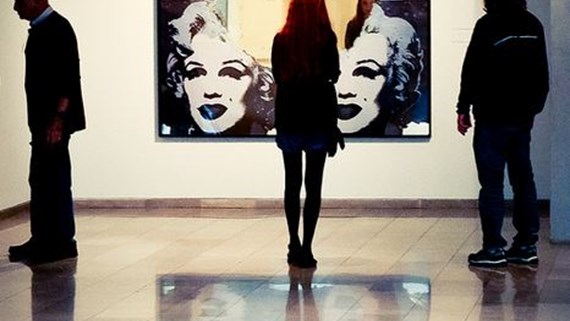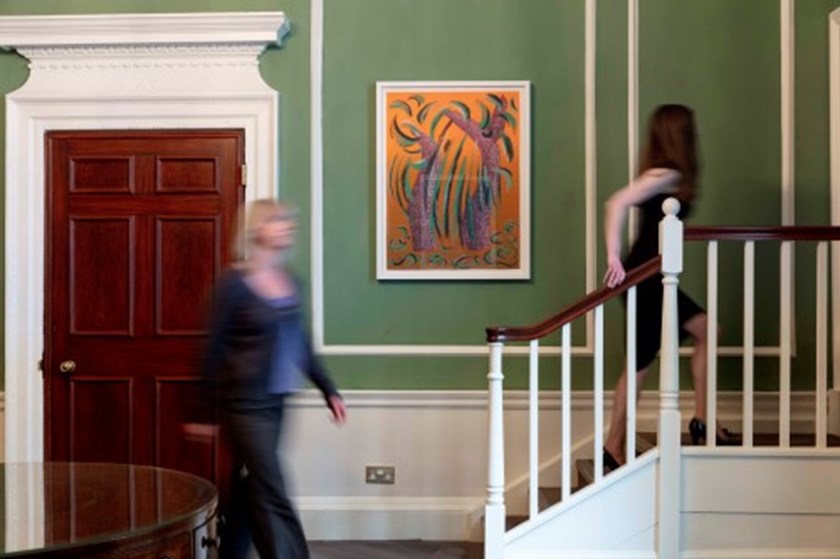Trustees and the Art Market: Buying Art
Insight

It is the kind of call a trustee rather dreads. The beneficiary is at a major art fair and has just seen a fabulous Picasso on a dealer's stand - it will look great on the wall in the Malibu beach house. A purchase with the dealer has been agreed in principle; can the trustee sort out the funds and logistics?
The trustee is likely to be familiar with the standard due diligence procedures for buying other kinds of assets such as a house or private company shares. But the art market tends to operate rather differently, with large sums being paid for works which the buyer may know very little about, and truly independent advice is often in short supply.
An individual buyer might decide they love the piece and are not too fussed about asking further questions – that is arguably their risk. But the trustee has fiduciary duties and must act in the best interests of the beneficiaries. How should a trustee determine that this picture really is a Picasso, that there are no major condition issues and that the price being asked is a fair one?
Key points
- Trustees should carry out thorough due diligence on the authorship, provenance and condition of the artwork to ensure they understand what they are buying and that they are paying a fair price.
- A sale agreement backing up the information provided about the artwork and mitigating any potential risks and liabilities for the trustees should be put in place.
- Prepare for completion and make sure you have insurance, transportation, security arrangements and any necessary export and/or import licences in place.
Due diligence
The initial focus should be on the authorship, provenance and condition of the work. For some artists (Picasso is one) authentication committees exist who adjudicate on whether works are by that artist and if this is the case then obtaining an authentication certificate is vital. Checking that the work is included in the catalogue raisonné for the artist (if a reliable one has been published) is also important.
The dealer is likely to have compiled some of the provenance information as part of the sale literature, but you should not assume that this is complete. Look for any obvious gaps in the ownership chain. It may be appropriate to engage an independent art adviser to do this on your behalf as they will have the necessary experience and skills.
A search of the Art Loss Register (or other similar register) is essential to check whether the work has been reported as lost or stolen (especially if it predates 1945).
An independent art adviser or other expert in the relevant artistic field can also advise on price and compile a list of comparable prices from recent (public) sales of works by the same artist. It is always worth checking whether the artwork has been sold recently at auction as then the price paid will be public information. A quick internet search is usually all that is needed. Depending on the type of work, dealer mark-ups of 100% or more are not uncommon but knowing the price paid will certainly assist in a price negotiation.
If the beneficiary has set their heart on the artwork they will not be too pleased to hear the sale has fallen through on price, but the trustee has to be mindful of not wasting trust funds by vastly over-paying for a work. This is especially so if there is an investment element to the purchase and you are relying on the trustee’s investment (rather than dispositive) powers to make the purchase.
You should request full details of any restoration or repair work undertaken by the dealer or current owner. A freshly cleaned artwork can look stunning on a dramatically lit dealer's stand but any problems with underlying condition may not be obvious. A condition report from a conservator usually costs a few hundred pounds at most, a very worthwhile expense when you are considering spending millions.
Papering up the purchase
Selling valuable artworks on the basis of only an invoice is still standard practice in the art market but written sale contracts are becoming more common. Some of the larger dealers have their own terms and conditions which apply to sales. You should certainly put a written contract in place, if only to better understand the risks and potential liability being taken on by the trust and demonstrate that the trustee has taken steps to limit this. This may be particularly important depending on the limitation of liability from which the trustee benefits under the trust instrument.
In addition to considering the niceties of funding the acquisition and associated costs (including remittances and any applicable taxes and charges) it will also be appropriate to consider whether the purchaser should be the trust itself or a vehicle owned by the trust. Obviously confidentiality, tax or other structuring requirements will inform these considerations.
If the dealer does not own the work but is acting as agent for the owner (who is usually undisclosed) it is important to confirm in the contract the dealer’s authority to sell and clarify what comeback (if any) you have against the owner directly if something goes wrong. At a minimum, the work should pass to the purchaser with full title guarantee, free from any encumbrances and third-party interests, and with the benefit of warranties backing up the information about the artwork which has been disclosed. There will be other terms dealing with matters such as payment, delivery and dispute resolution. For more modern works, ownership of the copyright in the work may also need to be clarified.
The governing jurisdiction of the contract will not necessarily be the one where the art fair or dealer is located. Where there is a choice, you should consider which jurisdiction is most beneficial for enforcing the terms or as regards any sales taxes.
Practicalities post-purchase
From the moment title in the artwork passes to the trustee, you should ensure that adequate insurance is in place. The level of cover required will differ depending on whether the work is to be held securely in a warehouse or to be hung on the wall. Any export and import licences required to move the art to its ultimate destination should be obtained and any import duties paid.
Collection and transportation of the work by experienced art handlers should also be arranged. The condition report may have suggested conservation work be carried out and / or made recommendations about the conditions in which the work ought to be kept (e.g., the level of light exposure).
Following installation, you may wish to make regular condition checks to confirm the artwork is not deteriorating in its environment. Security arrangements will also need to be put in place. Revaluation should be undertaken every three years or so to ensure the insurance cover is adequate.
Tax
If the beneficiary wishes to enjoy the artwork personally, tax will also need to be considered.
If the beneficiary is a UK tax resident, there are potentially on-going tax charges on their use of the artwork. If the artwork is in the UK, the beneficiary will not be able to avoid these charges by claiming the remittance basis of taxation. There may also be tax to pay if bringing the artwork to the UK itself causes a remittance – this charge is most likely to fall on the settlor who may not be the one benefiting from the artwork.
These charges are the responsibility of the beneficiary (or settlor) but the trustee will need to provide information to the beneficiary on profits which have arisen in the trust to allow them to calculate the tax and may need to inform the settlor of the remittance. The trust may also be asked to provide funds to the beneficiary to pay the tax – the tax implications of which will also need to be considered.
Next steps...
So, the contract is signed, the purchase price paid and the fully-insured Picasso is safely hung on the wall. The beneficiary is happy and the trustee can breathe a sigh of relief...until the beneficiary wants to sell the picture to buy a balloon dog. In Trustees and the Art Market Part 2: Selling Art, we will look at what to do next.
If you require further information about anything covered in this briefing, please contact Isabel Paintin, or your usual contact at the firm on +44 (0)20 3375 7000.
This publication is a general summary of the law. It should not replace legal advice tailored to your specific circumstances.
© Farrer & Co LLP, July 2019






